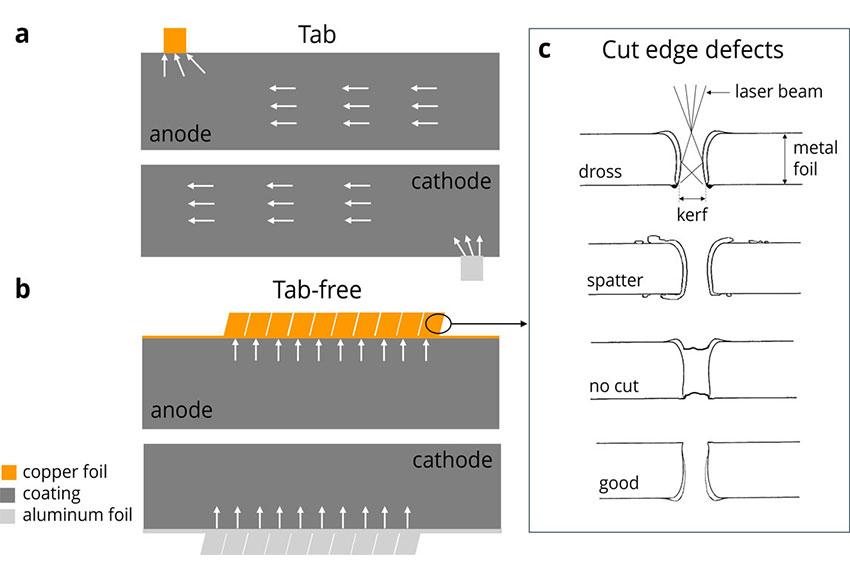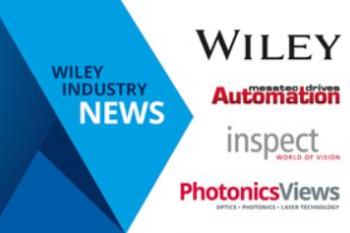High speed laser cutting of EV electrodes
Cutting-edge laser processing innovations for industrial battery manufacturing presented at LaserEmobility Workshop in Bologna
The University of Bologna has been actively engaged for years in research in the field of high-power laser processing technologies in industrial applications. Their expertise in laser-material interactions spans from additive manufacturing (LPBF, DED, WAAM) to laser welding and cutting in battery manufacturing and assembly for the EV field. It is with great pleasure that Bologna hosts the LaserEmobility workshop from 7 – 8 October 2025, focusing on cutting-edge innovations in laser-based manufacturing technologies within the e-mobility sector.
With the dawn of third-generation electric vehicles, the demand for high-energy-density batteries has intensified, driving the need for technological innovation while reducing material and production costs. To date, lithium-ion batteries hold the lead in the automotive sector. Conventional battery designs incorporate an anode and a cathode tab (see Fig., a) that establish electrical contact with the battery casing. Electrodes are a sandwich composite material, where the mean layer is typically a current collector foil made of copper, for the anode, and aluminum, for the cathode, with thicknesses ranging between 8 and 30 µm. A significant innovation in battery design is the tab-less architecture, which features a full-flag configuration (Fig., b).
University of Bologna has conducted extensive research to define the best cutting conditions for battery foil production on both aluminum and copper. Initial static experimental campaigns compared pulsed pw and continuous-wave cw laser sources by varying key parameters such as cutting speed (up to 25 m/s), spot size, power, pulse energy, pulse duration, and repetition rate to find out how defects were affected by the latter. The key finding was that, in all studied settings, cw single mode fiber lasers allowed for improved cut quality; the only exception being low-speed (≤4 m/s) cutting of copper foils, where jagged and uneven cut edges emerged. In this instance, the pw laser produced less noticeable dross and remelted edges under low speed cutting conditions with low irradiance.
Read the interactive issue in the Adobe Cloud, or download the single-article PDF – Alessandro Fortunato, Alessandro Ascari, and Erica Liverani (all: Alma Mater Studiorum – University of Bologna): High speed laser cutting of EV electrodes, PhotonicsViews 22 (D1), April 2025, pp. 69–70





